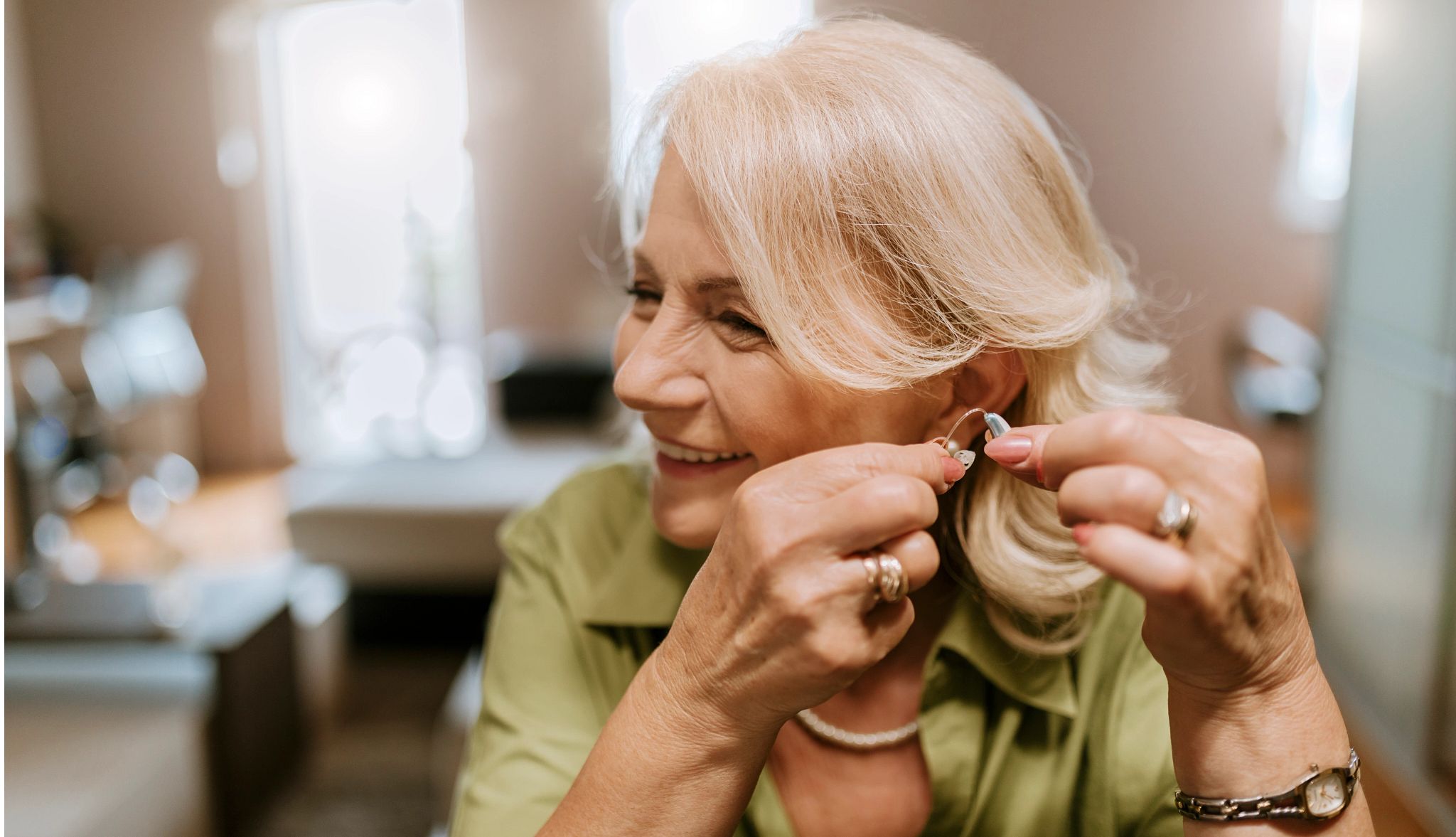AARP Hearing Center


Along with your other four senses — sight, smell, taste and touch — your hearing helps you communicate and stay independent and socially engaged. If you have impaired hearing, your world may get much smaller and lonelier.
Wearing hearing aids, including over-the-counter hearing aids, can improve your hearing but won’t restore it entirely. Hearing aids work by amplifying sounds, but they take time to get used to. The parts of the ear and brain that normally detect sounds become inactive with hearing loss, write Frank Lin, M.D., the director of the Cochlear Center for Hearing and Public Health and a professor of otolaryngology at the Johns Hopkins Bloomberg School of Public Health, and audiologist Nicholas Reed, an assistant professor of epidemiology at the Johns Hopkins Bloomberg School of Public Health, in AARP’s Hearing Loss for Dummies. When you first get hearing aids, those parts of the ears and brain that have been dormant can become overstimulated, and that can feel jarring, they say. Your brain may need a few weeks to get used to the new way you hear.
Here are some tips for getting used to hearing aids.
1. Be sure your hearing aids fit.
The first step in getting used to hearing aids is to work with your audiologist and ENT during your hearing aid fitting. This is when you try on your hearing aids for the first time. The technician can calibrate and adjust the sound, so be sure to let them know if you have any concerns or if something just doesn’t sound right.
Free Hearing Test
AARP members can take the National Hearing Test online or on their phones — for free. This 10-minute test can help you decide whether you need a more comprehensive hearing exam.
Even if you bought over-the-counter (OTC) hearing aids, without a prescription, an audiologist can help with any discomfort or problems. “A lot of people think, It’s either OTC, or I go to an audiologist and get prescription hearing aids. Nothing is further from the truth,” Lin said at an AARP Hearing Center virtual event. You may have to pay for the visit, but it could be worth it to make sure your hearing aids work for you.
2. Wear your hearing aids as often as you can.
When you start wearing your new hearing aids, things sound strange. That’s because sound doesn’t travel directly into your ears anymore. Rather, a microphone captures the sound, an amplifier makes it louder, and a receiver delivers it to your ear. It will take a while to get used to sounds, including your own voice.
“Many people feel discouraged when they start wearing hearing aids because every noise is too loud,” says Sarah Hesseltine, an audiologist at Massachusetts Eye and Ear in Boston. “Even soft sounds, like slippers on a carpet, feel new.” Background noises and sounds become really noticeable. Wear your new hearing aids all day every day for a week or two, Hesseltine advises, so you can get used to sounds you never paid attention to in the past.



































































More From AARP
6 Habits for Healthy Ears at Any Age
Expert tips for hearing aids, earwax and more
Treatment and Prevention of Swimmer's Ear
Don't let it ruin your summer vacation
Your Smart Guide to Hearing Health
23 ways to keep hearing clearly